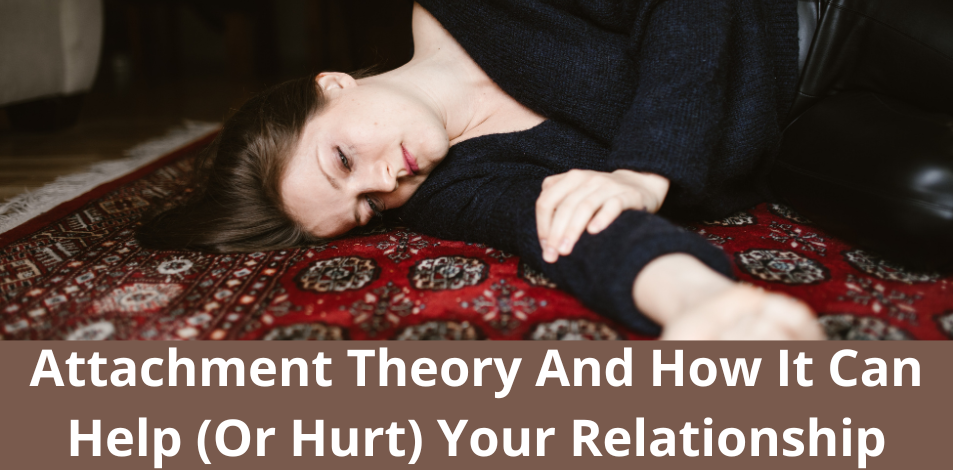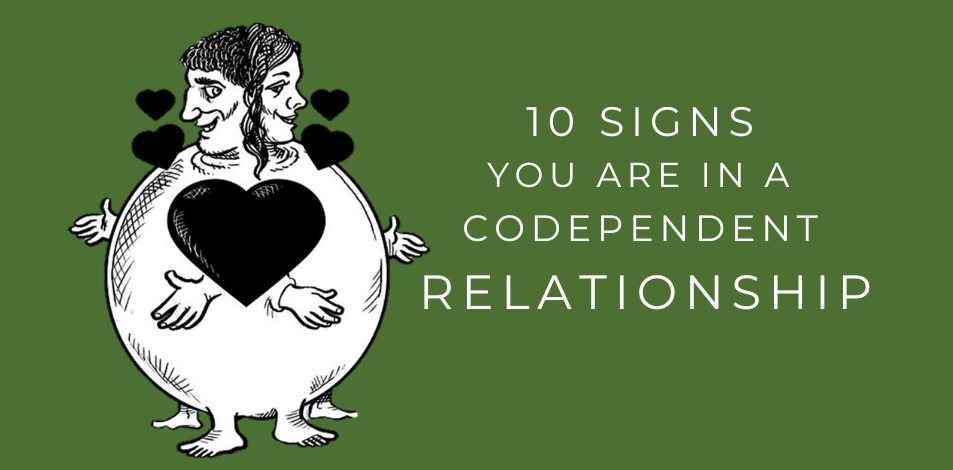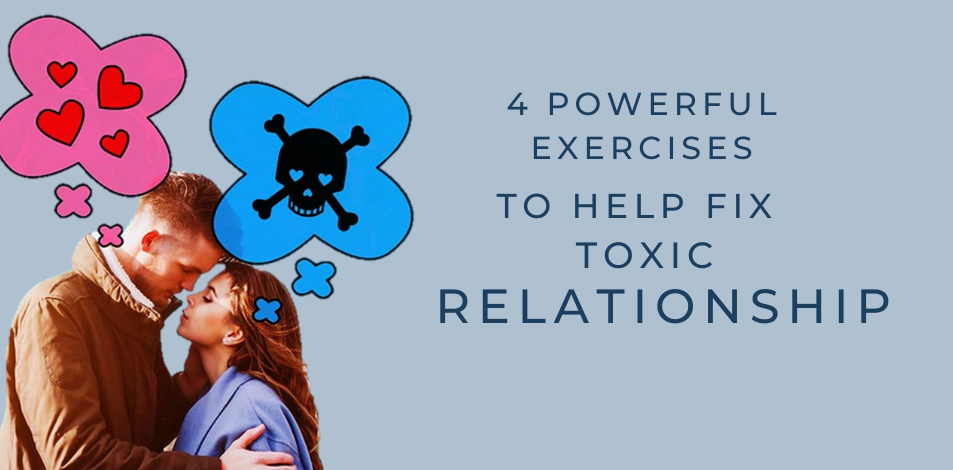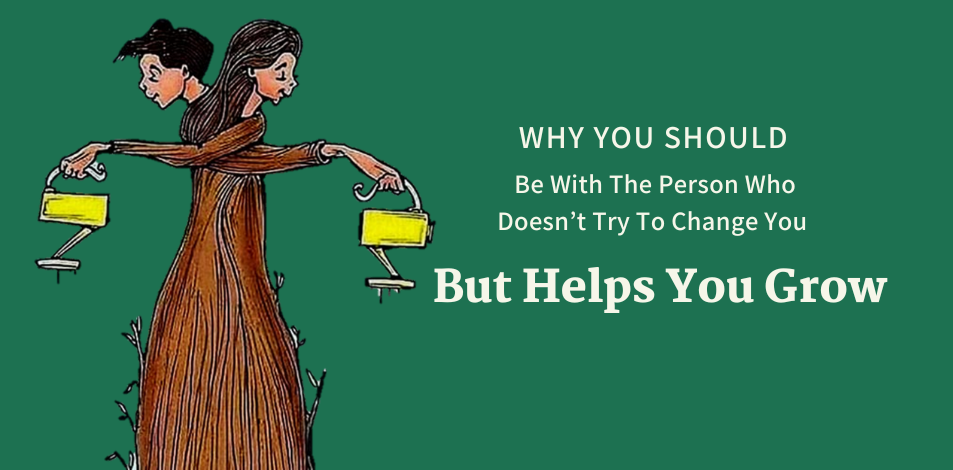

Hollywood movies have given us romantic ideals about relationships. Opposites often attract in movies. At first, the pair clash amusingly until they finally get together, and then, in the end, they live happily ever after, we assume. These Hollywood endings suggest that when we finally choose a romantic partner, the hard part is over. We are both ready and willing to communicate meaningfully. But in real life, achieving a lasting connection is not easy. But learning about attachment theory can be helpful.
When couples communicate, they physically comfort each other.
Research shows that when couples connect psychologically, they connect biologically as well. Scientists monitored people’s vital signs in various situations with and without their partners. The results showed how couples regulate each other’s heart rates, blood pressure, breathing, and hormone levels in the blood. When couples communicate, they physically comfort each other. When one partner feels disconnected from the other, their stress levels can rise until they reconnect.
Related : How Mindfulness Can Help Relationships Thrive
Thus, problems arise when our intimate needs differ from our partner’s needs. Ideally, we would all feel independent but connected, loving and loved. In fact, a couple may love each other deeply, but one or both parties can feel isolated and misunderstood because of conflicting intimacy needs. If untreated, loneliness may arise.
Attachment theory styles
Adult attachment theory offers an explanation. According to psychologists Cindy Hazan and Philip Schaefer, we all belong to one of four attachment theory styles.
Whether in a new relationship or together for 35 years, partners fall into one of these categories.
Secure: Affectionate but independent, comfortable with intimacy (50% of population).
Anxiety: craves intimacy, feels a lot of anxiety about the partner’s ability to love him back, and has a strong and constant need for reassurance (24% of the population).
Avoidant: Wants to be emotionally and/or physically distant from their partners, and needs a high degree of separation (24% of population).
Anxious/Avoidant: Desires intimacy, but avoids it or withdraws for fear of rejection (1% of population).
Attachment theory’s style categories apply to our views about intimacy or togetherness, how we handle conflict, our attitudes toward sex, our ability to communicate our wants and needs, and what we expect from our partners.
Related : Overcoming Overthinking in Your Relationships
However, like all classifications, attachment theory’s style categories are oversimplified. They may help us understand our relationships better, but they don’t tell us the whole story. For example, rather than belonging to one secret category, we tend to fall somewhere along the spectrum
According to attachment research, securely attached individuals can flexibly attune to the intimacy needs of partners who have either anxious or avoidant attachment styles. But when insecurely attached individuals (anxious, avoidant, or anxious/avoidant) form relationships, they are likely to experience difficulties with closeness. People with anxious/avoidant styles have the most difficulty in relationships. Psychotherapy is often needed if they are to overcome their complex intimacy needs.
Secure attachment isn’t always rosy either. Even if we fall into the secure category, our partner’s insecure attachment behaviors can trigger insecure tendencies in us as well.
Just like in movies, opposites tend to attract.
This means that people with anxious and avoidant styles often end up together. Unfortunately, both parties’ behavior tends to exacerbate each other’s insecurities. When feeling insecure, anxious partners try to have more intimacy while their avoidant partners try to distance themselves. An unsatisfactory cycle can arise that leaves both parties feeling insecure and unhappy in the relationship.
Amir Levin and Rachel Heller, adult attachment researchers, co-authored Attachment, a book about dealing with closeness in relationships. They suggest that these insecure attachment behaviors make communication more difficult. However, with a willingness to address their insecure behavior, couples with anxious and avoidant styles can exist happily. Here’s how.
The first step is confession.
If we understand that our partner cares about us but is programmed to behave in a predetermined way, we can manage our differences instead of reacting to them blindly.
Although some combinations are more challe
The behaviors of anxious and avoidant partners have their advantages. Stereotypically, anxious behaviors are classified as needy behaviors, for example, frequently seeking reassurance. But anxious behaviors can also be considerate, attentive, and loyal. Avoidant behaviors are often portrayed as cold and indifferent. However, avoidant behaviors can demonstrate independence and free spirit, such as traveling on long adventures, for example. In fact, these behaviors may have attracted us to our partners in the first place.
Our attachment needs are legitimate and deserve to be met.
As a society, we tend to value independence and look down on dependency. But our attachment theory patterns are not our fault. We are biologically programmed to feel dissatisfied and/or lonely when our basic intimate needs are not met.
Our partner’s attachment needs are just as important as our own.
After all, we are biologically wired. In this way, dependency becomes a fact rather than a preference, Levin and Heller say. Research studies have found that oxytocin, the bonding chemical our brains produce when we cuddle, calms us down. We become less accepting and more defensive if our brains are exhausted. Conversely, prolonged intimacy can be stressful for avoidant partners. Allowing our avoidant partners some alone time can calm their nervous system.
Arranging a Saturday morning that begins with long cuddles in bed but also includes alone time in the afternoon may make the week more enjoyable for both parties.
Communicating our needs is key.
Both anxious and avoidant styles fear that their partners will let them down, so they tend to suppress their own needs rather than talk about them. Levin and Heller suggest that couples show a willingness to share and be emotionally courageous. Communicate intimacy needs clearly without resorting to attacks or defense. Don’t assume that others know what you need. Be specific and unapologetic.
Learn how to argue.
Another misconception is that healthy couples don’t argue. But Levin and Heller point out that it’s not whether we argue or not, but how we argue, that matters. Our fears of rejection can lead to reactive and unhelpful behavior, such as generalizing conflict, making insults, emotionally withdrawing, or running away.
Show concern for your partner’s well-being, stay focused on the problem, and resist the urge to react immediately. If we resist knee-jerk reactions and learn to tolerate the uncomfortable feelings that our partner’s opposing attachment theory style elicits in us, we can react with the bigger picture in mind.
Perhaps the most important step is the willingness of both partners to work together to become safer. In a true partnership, both partners are responsible for the other’s well-being. Once we let go of Hollywood ideals, we can learn real communication.
Now that we’ve covered attachment theory, let’s dive into toxic communication patterns and how they can destroy relationships.




